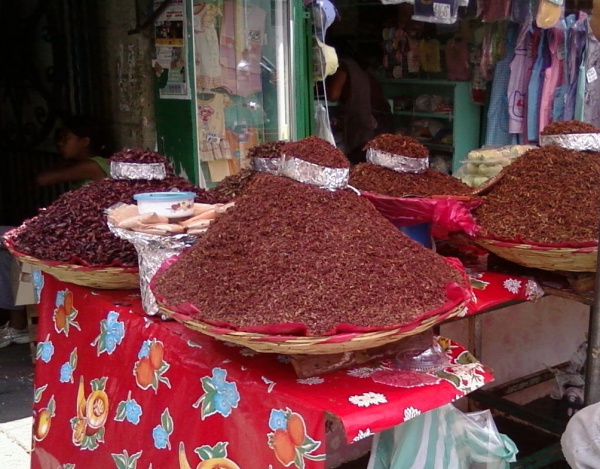Facts About Chapulines
Chapulines, the plural form of chapulín, are a type of grasshopper from the genus Sphenarium and are a popular snack in certain parts of Mexico. The term "chapulines" originates from the Nahuatl language and is specific to Mexico and Central America. These grasshoppers are harvested from early May through late summer or early autumn. They are typically toasted on a comal and seasoned with garlic, lime juice, salt, and occasionally an extract of Maguey worms, imparting a distinctive sour-spicy-salty flavor.
Oaxaca is one of the main regions in Mexico where chapulines are highly cherished. Often sold as snacks at local events, they have become a favorite among food enthusiasts. Historical records from the Spanish conquest in the 16th century note that grasshoppers were part of the local diet. In addition to Oaxaca, chapulines are also enjoyed in areas around Mexico City, such as Tepoztlán, Cuernavaca, and Puebla, where they are commonly consumed as snacks or as fillings in dishes like tlayudas.
However, there have been some health concerns. In 2007, reports emerged about lead contamination in chapulines imported from Zimatlán, a municipality in Oaxaca. Tests in California revealed that some chapulines from Zimatlán contained lead levels up to 300 times the recommended dose for children under six and pregnant women. The contamination was traced back to the bowls used in the seasoning process. Fortunately, this issue has been addressed, and lead contamination in chapulines is no longer a prevalent problem.

 United States
United States